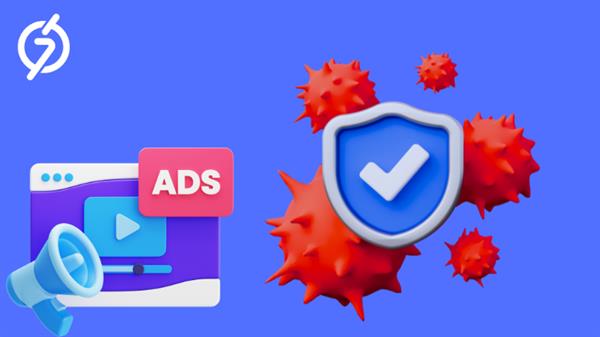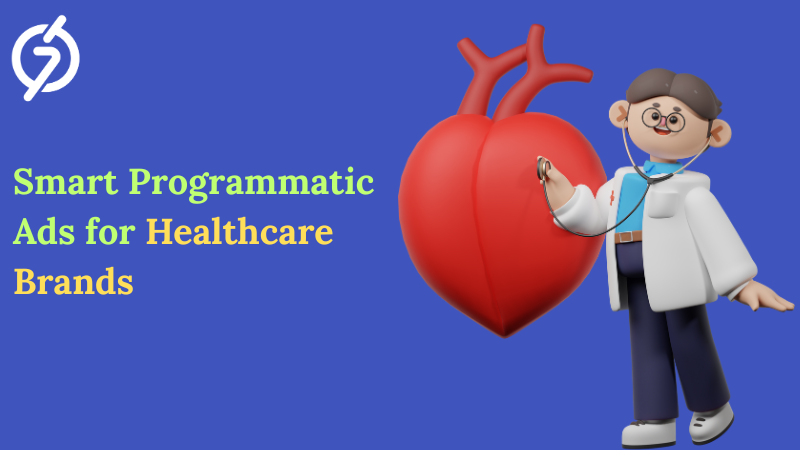Programmatic Advertising: The Future of Healthcare Advertising


The Challenges of Traditional Healthcare Advertising
Despite the digital evolution, many healthcare advertisers still struggle with traditional methods that are manual, static, and inefficient. Some common challenges include:
- Broad targeting strategies that fail to reach the most relevant patient segments.
- Difficulty measuring return on investment due to fragmented channels and limited reporting tools.
- Limited ability to adapt campaigns in real time to changes in patient behavior or market trends.
- Compliance restrictions that constrain the use of behavioral data for targeting.
For example, a clinic offering specialized orthopedic treatments may invest heavily in display ads but fail to reach the patients most likely to engage due to generic targeting. In such scenarios, even substantial advertising budgets may not yield meaningful results.
Why Programmatic Advertising is a Game-Changer
Programmatic advertising uses AI-driven algorithms and real-time bidding to automate ad placements, ensuring that campaigns reach highly specific audiences efficiently. For healthcare advertisers, this approach allows:
- Precision targeting based on demographics, interests, online behavior, and healthcare needs.
- Compliance with privacy laws such as HIPAA and GDPR while delivering relevant messaging.
- Real-time campaign optimization for maximum performance and cost efficiency.
- Integration across multiple channels, including display, social media, video, and mobile.
By combining technology with strategic insight, programmatic advertising provides healthcare brands with a way to enhance reach, credibility, and engagement simultaneously.
How Programmatic Advertising Supports Healthcare Advertising
Programmatic advertising transforms healthcare campaigns by making them smarter, more efficient, and more reliable. Key benefits include:
1. Advanced Audience Segmentation
Healthcare advertisers can segment audiences based on detailed criteria such as age, gender, location, health conditions, or even past online behaviors. For instance, a diabetes clinic can target adults over 40 who have recently searched for diabetes management content, ensuring that messaging reaches highly relevant audiences.
2. Real-Time Optimization and Automation
Programmatic platforms continuously monitor ad performance and adjust bids, placements, and creatives in real time. This allows healthcare advertisers to maximize ROI by focusing on high-performing segments while pausing or refining low-performing elements. Real-time optimization ensures every dollar spent contributes to tangible outcomes.
3. Enhanced Compliance and Brand Safety
Working through a professional healthcare ad network ensures that ads appear only on verified and compliant platforms. This protects patient privacy, reduces risk, and reinforces brand credibility, which is critical for healthcare organizations.
4. Multi-Channel Integration
Programmatic campaigns can integrate seamlessly across multiple channels, including display, video, mobile, social media, and native advertising. Multi-channel exposure reinforces brand messaging, ensures consistent patient experiences, and strengthens brand recall.
5. Data-Driven Insights and Analytics
Programmatic platforms provide detailed reporting on engagement, click-through rates, conversions, and audience behavior. By leveraging these insights, healthcare advertisers can refine campaigns, target the most responsive segments, and make data-backed decisions for future campaigns.
Healthcare Advertising Examples Using Programmatic Strategies
Several healthcare brands have effectively leveraged programmatic advertising:
- A hospital targeting local patients with educational content about cardiology treatments through programmatic display campaigns.
- A telemedicine platform dynamically retargets users who visited symptom-checker pages with personalized video content explaining virtual consultation services.
- A pharmaceutical brand promoting new therapies using contextual placements on authoritative medical news sites.
- A health insurance provider is deploying segmented campaigns to promote preventive care programs based on regional health statistics.
These campaigns illustrate that programmatic advertising allows healthcare brands to reach highly relevant audiences while reinforcing credibility and trust.
Combining Automation With Human Oversight
While automation enables efficiency, human oversight ensures compliance, ethical targeting, and brand alignment. Healthcare advertisers should monitor campaigns for accuracy, messaging quality, and regulatory adherence. This combination of AI-powered automation and strategic oversight ensures that programmatic healthcare advertising is both effective and trustworthy.
Call to Action for Advertisers
Ready to leverage programmatic advertising to reach the right audiences effectively? Start today and create an ad campaign that is targeted, compliant, and results-driven. Partnering with the right healthcare ad network ensures that your campaigns are delivered on trusted platforms, enhancing brand credibility.
Measuring Programmatic Healthcare Advertising Success
Success metrics go beyond impressions. To measure the impact of programmatic campaigns in healthcare advertising, consider the following:
- Engagement Metrics: Click-through rates, video completion rates, and interactive content engagement.
- Conversion Metrics: Appointment bookings, consultations scheduled, or sign-ups for newsletters.
- Brand Metrics: Mentions, shares, and sentiment analysis to gauge online reputation.
- ROI Metrics: Comparing spend to measurable patient interactions and conversions.
Monitoring these metrics allows advertisers to continuously optimize campaigns for better performance, relevance, and credibility.
Advanced Best Practices for Programmatic Healthcare Advertising
To ensure maximum impact and credibility, healthcare advertisers should follow these best practices:
- Work with verified health ad networks to maintain compliance and brand safety.
- Segment audiences carefully to ensure messaging relevance and personalization.
- Integrate campaigns across channels to create consistent patient journeys.
- Leverage real-time data to optimize campaigns dynamically.
- Maintain transparency in messaging and highlight evidence-based information.
- Continuously monitor feedback, engagement, and performance to refine strategy.
Emerging Trends in Programmatic Healthcare Advertising
Several trends are shaping the future of programmatic healthcare advertising:
- AI-driven predictive targeting that anticipates patient needs based on behavioral patterns.
- Programmatic video advertising to enhance engagement with educational content.
- Integration with telehealth platforms for personalized outreach and follow-ups.
- Contextual targeting to align ad placements with relevant healthcare content.
- Privacy-focused programmatic solutions to comply with evolving regulations.
Staying ahead of these trends allows healthcare advertisers to maintain relevance, optimize budgets, and reinforce credibility with audiences.
Telemedicine Platform Success with Programmatic Ads
A leading telemedicine provider used programmatic advertising to target users who had visited its symptom-checker pages. By serving personalized video content explaining virtual consultations, the platform increased appointment bookings by 32 percent within three months. The campaign leveraged a health ad network to ensure placement on trusted healthcare websites, enhancing brand credibility while maintaining compliance. Real-time optimization allowed underperforming segments to be adjusted automatically, maximizing ROI.
Conclusion
Programmatic advertising is not just the future of healthcare advertising—it is the present. By combining automation, precision targeting, real-time optimization, and ethical practices, healthcare brands can deliver relevant, credible, and measurable campaigns. Using programmatic strategies ensures that ads reach the right audiences, reinforce brand trust, and drive meaningful engagement.
For advertisers seeking to understand and implement effective strategies, exploring healthcare advertising best practices is a great starting point. With the right approach, programmatic healthcare advertising can transform campaigns from static impressions to engaging, credible patient experiences. Start now to create an ad campaign that drives results and builds lasting credibility in the healthcare sector.





